Five IoP researchers receive ERC Starting Grants
5 September 2023
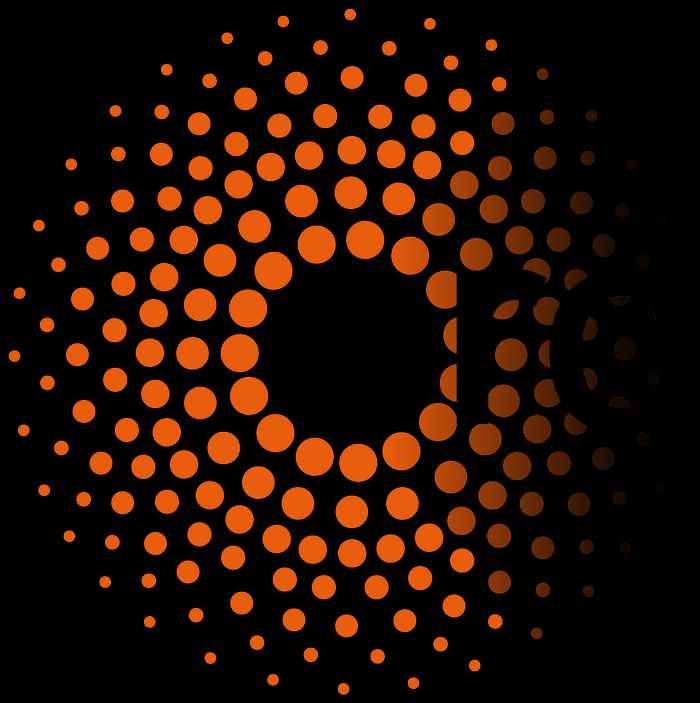
The aim of the Starting Grants is to help researchers at the beginning of their careers to launch their own projects, form their teams and pursue their best ideas. At the Institute of Physics, Roland Bliem and Bart Weber (group leaders ARCNL), Lorenz Eberhardt (starting a new group at IoP in October), and Mazi Jalaal and Jorik van de Groep all received the prestigious grants.
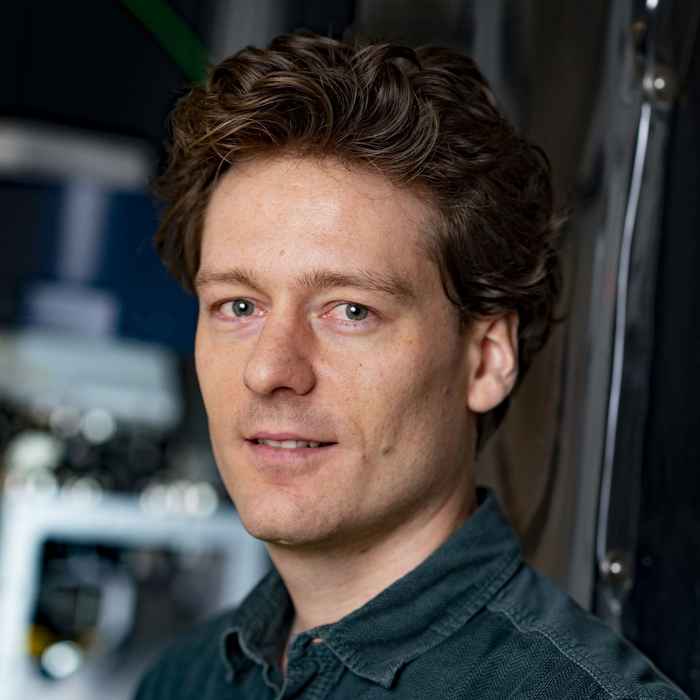
CHIPFRICTION: Getting rid of friction in computer chip production
Friction, the force that resists relative motion between solids in contact, has already been investigated by Leonardo da Vinci in the 15th century. Today, friction accounts for a major part of global energy use; it is responsible for 25% of the world's energy consumption. An industry for which friction is a major problem is the computer chip industry; friction and wear limit the positioning accuracy and throughput in chip production. As future positioning requirements approach the atomic scale, contact, friction and wear need to be understood.
In recent years, Bart Weber has developed a series of break-through methods to visualize and measure friction. In CHIPFRICTION, together with industry partner ASML, he will combine these methods and use them to design new friction manipulation strategies that can be used to significantly improve computer chip production.

ExMAM: Active multifunctional flat optics
Can light fields be manipulated by a single atomic layer? State-of-the-art lenses and filters are heavy, bulky and have a fixed functionality. At the same time, newly emerging applications such as self-driving cars, optical communications, and augmented reality require extremely compact optical elements with adjustable control of their functionality.
Using quantum mechanical effects found in atomically thin semiconducting materials, in ExMAM Jorik van de Groep is working with his fellow researchers to develop multi-functional optical coatings that can dynamically steer light using an electronic signal.
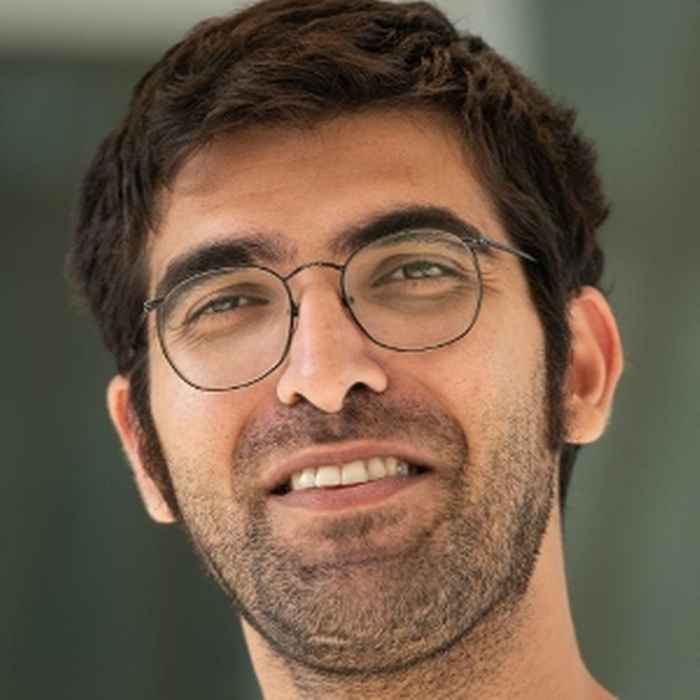
FluMAB: Understanding the fluid mechanics of cyanobacterial bloom
Certain types of cyanobacteria (blue-green algae) exhibit rapid and excessive growth in what is referred to as a cyanobacterial bloom in ponds, lakes and even oceans. These blooms can be toxic and pose a serious threat to our drinking water, our health, animal life, and the economy.
In FluMAB, Mazi Jalaal, an expert in fluid mechanics and biological physics, will utilise innovative and interdisciplinary research to unravel how the blooming process emerges and scales up from a single cell to an entire lake.
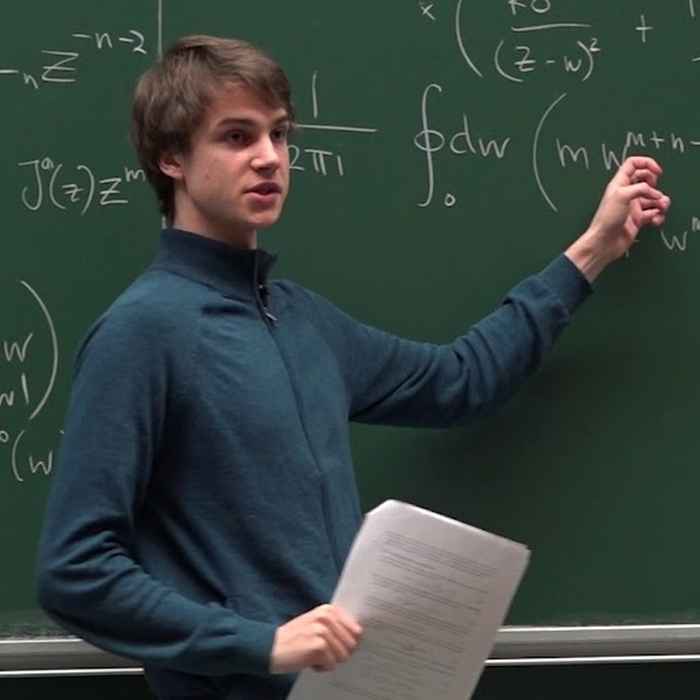
StringScat: New handles for string scattering amplitudes
String theory makes concrete predictions about the behaviour of gravity at very high energies. However, due to this theory’s enormous complexity, it continues to be difficult to unravel some of nature’s biggest mysteries such as the formation and evaporation of black holes.
In StringScat, Lorenz Eberhardt, an expert in theoretical high-energy physics and string theory who is joining the Institute of Physics in the new academic year, will apply new and innovative approaches to finally overcome the computational hurdles posed by this specific aspect of string theory.
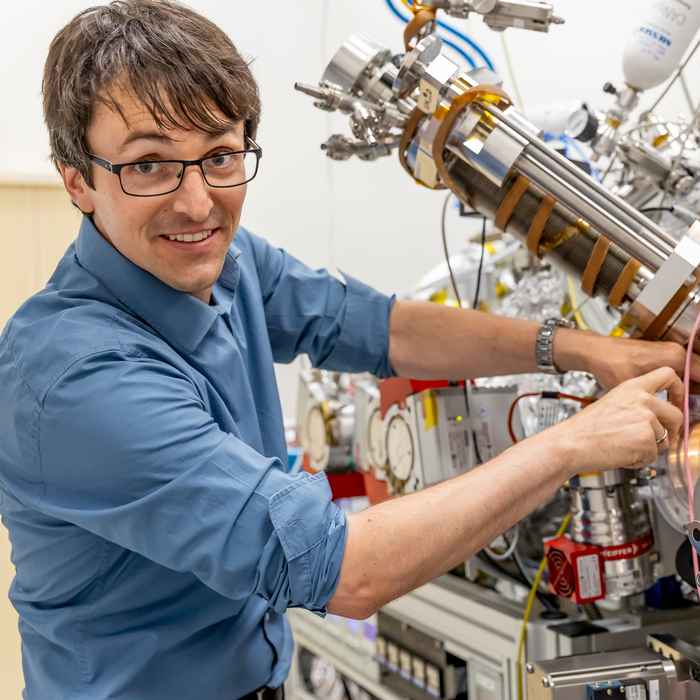
SURPLAS: An efficient route from renewable energy to fuel
Renewable energy is key to tackling climate change. Having a reliable way to convert this energy into fuel is crucial. Plasma-assisted catalytic conversion (PLAC) is a highly promising technique to produce fuels from greenhouse gases. In PLAC, reactants are activated in a plasma discharge before interacting with the catalyst. The reaction, however, takes place at the surface of a catalytically active material. The composition and oxidation state of the surface during the reaction is crucial for the reaction pathway and the product yield. Characterizing the surface in the highly reactive environment of PLAC is challenging, but essential to understand plasma-assisted reactions and increase the impact of PLAC.
Roland Bliem is an expert in surface reactions and materials design. In SURPLAS he will unlock the full potential of PLAC by determining the surface reaction mechanisms of catalysts in plasma. Based on the atomic-scale understanding of these reactions, he will then demonstrate how effective plasma catalysts can be designed, enabling SURPLAS to lead the way to efficient, PLAC-based energy conversion.